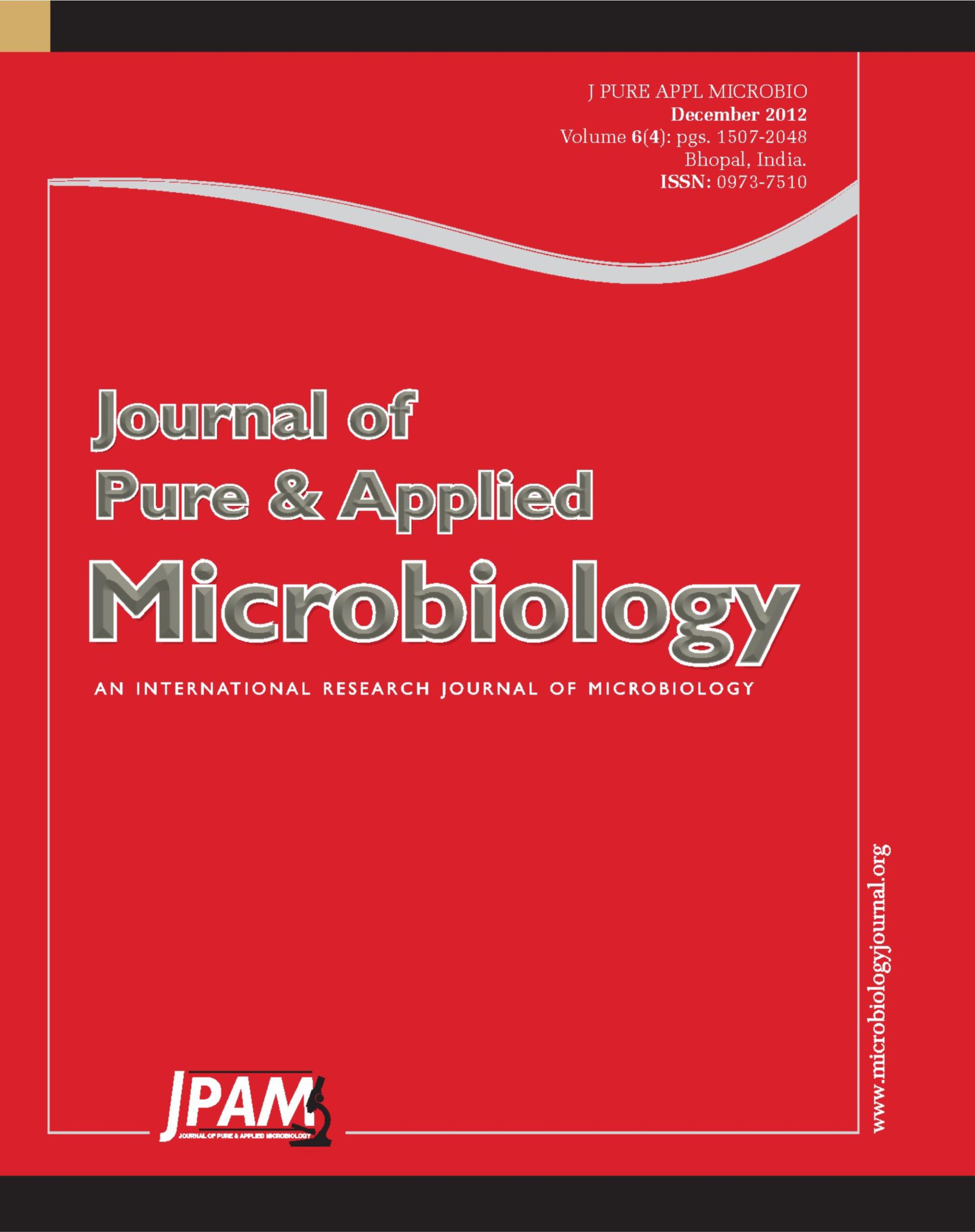The use of plant products is one of the best alternatives for mosquito control. Hence it remains a top research issue for scientists associated with alternative vector control (Redwane et al., 2002). C.quinquefasciatus is the most widely distributed mosquito in India, mainly found in urban and suburbanareas. The most efficient approach to control the vector is totarget the immature stages of the life cycle. C.quinquefasciatus, a vector of lymphatic filariasis, is a widely distributed tropical diseasewith around 120 million people infected worldwide and 44 million people having common chronic manifestation(Bernhard et al., 2003). It can transmit a number of illnesses that can present serious health problems to human beings. It is known to spread West Nile Virus and also diseases such as filariasis, and encephalitis. Dry algal powder in methanol, acetone and benzene in varying concentration were used as biolarvicide against C.quinquefasciatus results from biostatistics showed that Gracilara corticata in acetone extract served as efficient larvicide when compared to Enteromorpha flexuosa.
Gracilara corticata, Enteromorpha flexuosa., Biolarvicide, C.quinquefasciatus and biostatistics
© The Author(s) 2012. Open Access. This article is distributed under the terms of the Creative Commons Attribution 4.0 International License which permits unrestricted use, sharing, distribution, and reproduction in any medium, provided you give appropriate credit to the original author(s) and the source, provide a link to the Creative Commons license, and indicate if changes were made.


